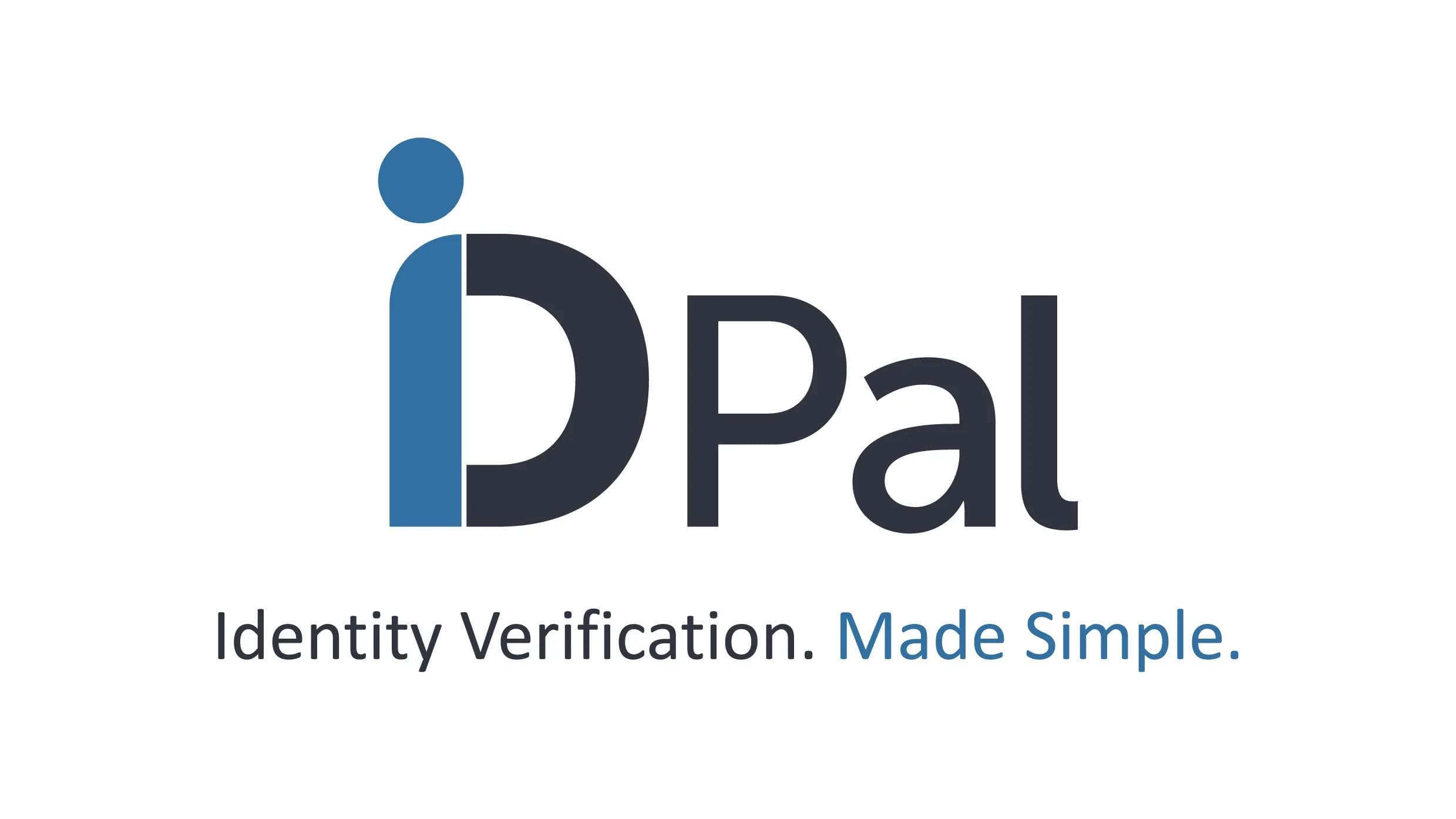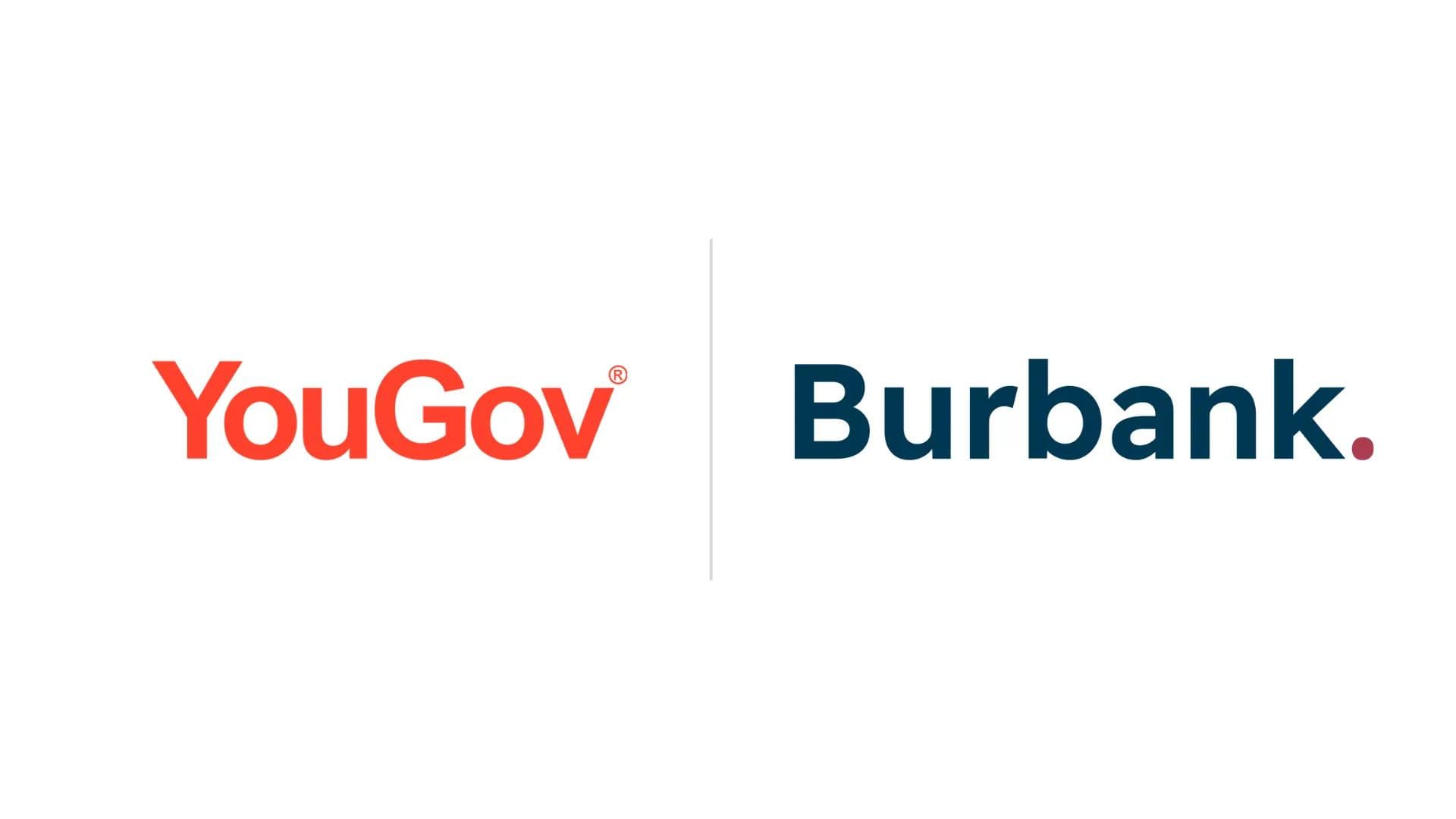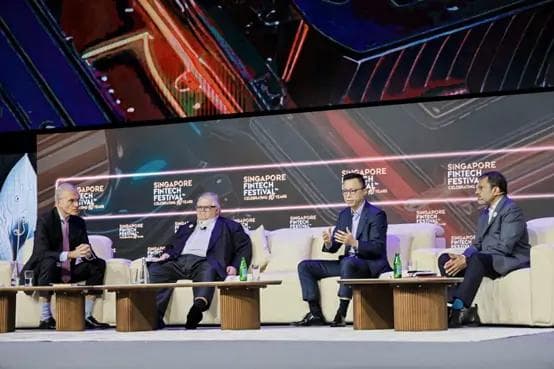Deep learning: the next frontier for money laundering detection
Deep learning: the next frontier for money laundering detection
Published by Gbaf News
Posted on June 28, 2018

Published by Gbaf News
Posted on June 28, 2018

By Tomasz Czech, Business Solution Manager at Comarch
Monitoring transactions for suspicious ones can be more efficient. All it takes is doing it intelligently.
Up to $2 trillion dollars representing 5% of global GDP – that’s the estimated amount of money laundered worldwide each year according to the United Nations Office on Drugs and Crime.
The fight against money laundering is one of top priorities of financial institutions – but it also poses a significant challenge for them. To combat the phenomenon, one needs to have a large number of human and technology resources at hand. And even then, the good guys have a hard time winning.
But it doesn’t have to be that way.
The old way
When a matching pattern is observed, an alert is generated and the case is referred to the bank’s internal investigation team for manual review. After multiple rounds of review, if the investigators conclude the behavior is in fact indicative of money laundering, the bank will file a Suspicious Activity Report.
This kind of transaction monitoring has huge drawbacks – it suffers from false alarms reaching very high levels – up to 80 percent. Additionally, a rigid, rule-based system is likely to overlook complex interdependencies between various activities performed to launder money. Another important aspect is the maintenance cost, usually a high one, partially due to the necessity of assigning a large team of investigators to a task. Manual incident reviews engage multiple AML teams which may consist of hundreds or even thousands of specialists. Transaction monitoring should – and can – be more efficient.
Enter deep learning
The deeper money gets into the banking system, the more difficult it is to identify its origin. One of the technologies that have gained recognition in recent years is deep machine learning, being a subset of modern AI.
Deep anti-money laundering detection system can spot and recognize relationships and similarities between data and, further down the road, learn to detect anomalies or classify and predict specific events.
Anomaly detection has the potential to identify events that do not conform to an expected pattern in a data set, and improve the breadth of detection by uncovering new money laundering patterns. Once an anomaly is detected, it can get prioritized, which illustrates the probability of a real money laundering case. Cases with highest probability can be analyzed first, which allows to speed up the whole process. What you get is improved efficiency: fewer false alarms, time savings, better detection rate.
More is…more
This is precisely how Comarch Anti-Money Laundering works. It can take the burden of performing routine tasks off bankers’ shoulders, reduce the total time it takes to analyze alerts, and allow the bankers to focus on more demanding and complex challenges.
A successful implementation of such solution depends on high-quality data. The data scope covers KYC, relations between clients, deposits, withdrawals, purchases, fund transfers, merchant credits, payments, trading activities, investments and many others. The more complete the image of customers and their activity, the greater the chance of detecting anomalous behaviors.
The other important aspect is the know-how – which is obvious, but very few companies are experts in both machine learning techniques and financial services. Without interdisciplinary expert knowledge, building learning systems to detect certain types of financial fraud can be very tricky. Choosing the right technological partner is crucial.
Money laundering will not disappear overnight. But with time, deep learning can come to much rescue.
Tomasz Czech, Business Solution Manager at Comarch
Comarch Financial Services is a provider of state-of-the-art IT solutions for banks, insurance companies, brokerage houses, asset management companies, as well as investment and pension funds.
By Tomasz Czech, Business Solution Manager at Comarch
Monitoring transactions for suspicious ones can be more efficient. All it takes is doing it intelligently.
Up to $2 trillion dollars representing 5% of global GDP – that’s the estimated amount of money laundered worldwide each year according to the United Nations Office on Drugs and Crime.
The fight against money laundering is one of top priorities of financial institutions – but it also poses a significant challenge for them. To combat the phenomenon, one needs to have a large number of human and technology resources at hand. And even then, the good guys have a hard time winning.
But it doesn’t have to be that way.
The old way
When a matching pattern is observed, an alert is generated and the case is referred to the bank’s internal investigation team for manual review. After multiple rounds of review, if the investigators conclude the behavior is in fact indicative of money laundering, the bank will file a Suspicious Activity Report.
This kind of transaction monitoring has huge drawbacks – it suffers from false alarms reaching very high levels – up to 80 percent. Additionally, a rigid, rule-based system is likely to overlook complex interdependencies between various activities performed to launder money. Another important aspect is the maintenance cost, usually a high one, partially due to the necessity of assigning a large team of investigators to a task. Manual incident reviews engage multiple AML teams which may consist of hundreds or even thousands of specialists. Transaction monitoring should – and can – be more efficient.
Enter deep learning
The deeper money gets into the banking system, the more difficult it is to identify its origin. One of the technologies that have gained recognition in recent years is deep machine learning, being a subset of modern AI.
Deep anti-money laundering detection system can spot and recognize relationships and similarities between data and, further down the road, learn to detect anomalies or classify and predict specific events.
Anomaly detection has the potential to identify events that do not conform to an expected pattern in a data set, and improve the breadth of detection by uncovering new money laundering patterns. Once an anomaly is detected, it can get prioritized, which illustrates the probability of a real money laundering case. Cases with highest probability can be analyzed first, which allows to speed up the whole process. What you get is improved efficiency: fewer false alarms, time savings, better detection rate.
More is…more
This is precisely how Comarch Anti-Money Laundering works. It can take the burden of performing routine tasks off bankers’ shoulders, reduce the total time it takes to analyze alerts, and allow the bankers to focus on more demanding and complex challenges.
A successful implementation of such solution depends on high-quality data. The data scope covers KYC, relations between clients, deposits, withdrawals, purchases, fund transfers, merchant credits, payments, trading activities, investments and many others. The more complete the image of customers and their activity, the greater the chance of detecting anomalous behaviors.
The other important aspect is the know-how – which is obvious, but very few companies are experts in both machine learning techniques and financial services. Without interdisciplinary expert knowledge, building learning systems to detect certain types of financial fraud can be very tricky. Choosing the right technological partner is crucial.
Money laundering will not disappear overnight. But with time, deep learning can come to much rescue.
Tomasz Czech, Business Solution Manager at Comarch
Comarch Financial Services is a provider of state-of-the-art IT solutions for banks, insurance companies, brokerage houses, asset management companies, as well as investment and pension funds.
Explore more articles in the Top Stories category











